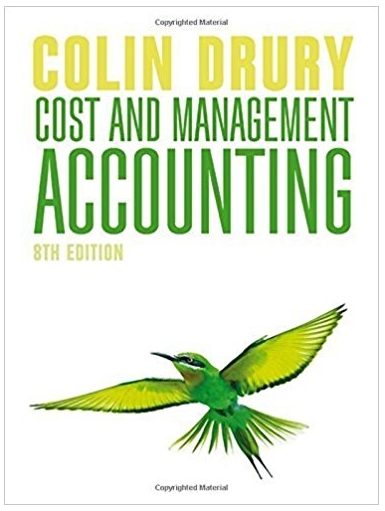Variance investigation decisions are normally explained in textbooks by simple models, which assume the availability of a
Question:
An example of this approach is:
The managers estimate the probability of any variance being due to a controllable, and therefore correctable, cause at 25 per cent. They estimate the cost of investigating a variance at £1400, and the cost of correcting the cause of a correctable variance at £400. The investigation process is regarded as 100 per cent reliable in that a correctable cause of the variance will be found if it exists.
Managers estimate the loss due to not investigating, and hence not discovering, a correctable cause of the variance, averages 75 per cent of the size of the variance. For example, the loss from the failure to discover a correctable £4000 variance would be £3000.
(a) Calculate the minimum size of variance that would justify investigation. (8 marks) In addition to the approach described above, alternative approaches exist to decide whether to investigate variances by using criteria related to the absolute size of the variance, and criteria based on the percentage from standard.
Fantastic news! We've Found the answer you've been seeking!
Step by Step Answer:
Related Book For 

Question Posted:





